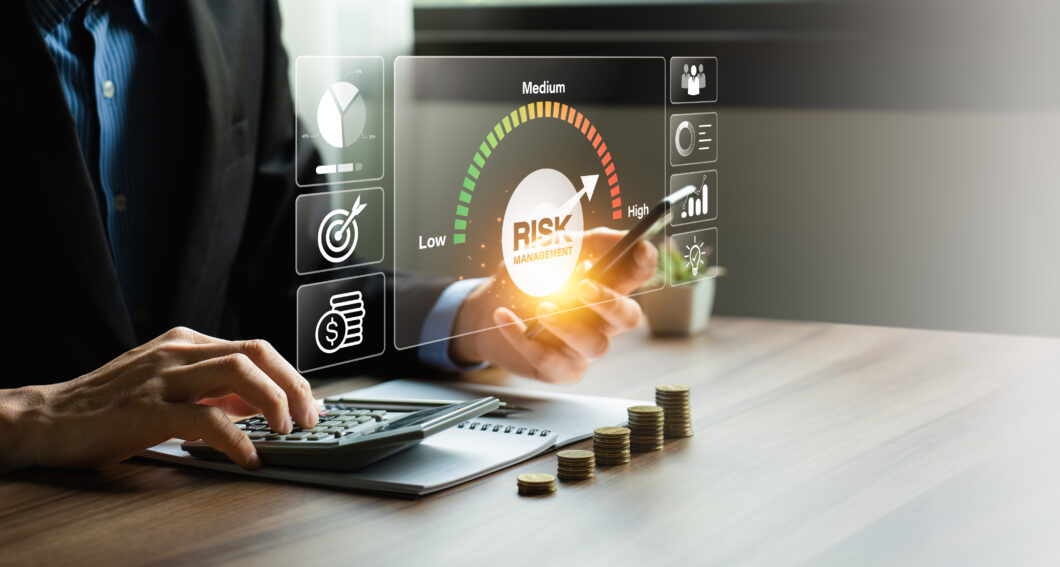Joydeep Sen
There are enough and more theories and opinions about what risk is and how to measure it. However, everybody may not find the theories easy to comprehend. Here we will discuss a simple, easy to understand this. To be noted, it should be done while executing the investment, not afterwards. Human tendency is, when the going is good, people forget risk, and only when it is on your face, people remember there is something called risk.
There are various types of risk; let’s take the salient ones. The first is volatility risk, which simply means price of your security coming down in the secondary market significantly and inordinately. Technically, upward price movement is also volatility, but people do not take it as volatility because investments are more about psychology than finance.
Price moving up in the secondary market gives psychological comfort. Volatility risk, also known as market risk, is there in all types of investment, including equity and debt. The other type of risk is default risk, i.e., the issuer of the security not paying on maturity or delaying the interest payments. This is typical of fixed income investments; in equity, there is no maturity payment and there is no contractual interest payment. Dividend payouts are at the discretion of the issuing company.
Measuring risk
For a perspective on volatility or market risk, there is a concept called drawdown. It is a way of looking at how much prices have fallen, historically, in the worst-case scenario. The way to measure it is, from the peak price (before the fall) to the bottom of price movement (before prices have turned around), the extent of the decline.
As an example, if the price of stock X is `110 today and the steepest fall in history was when it fell from `100 to `80, the highest drawdown in the stock is 20%. For measurement of the credit risk or default risk, there is no straightforward measure like above. You have to refer to the credit rating of the bond as a proxy for default risk, or the rating of the underlying portfolio for a mutual fund to gauge the credit risk of the fund.
Measurement of downside
For measurement of the downside risk, for which the historically maximum drawdown is the maximum that has ever happened, you may look at the following: (a) if it is an equity stock, you may refer to the historical price movement (b) if it is a mutual fund scheme, either equity or debt, you may look at the historical NAVs. If you are doing it yourself, you have to obtain the data from the relevant websites or if you are going through a financial advisor, you can request for the data.
Measuring yourself
The other aspect is measuring your own appetite for risk. From a simplistic perspective, you have to gauge how much of downside movement in your portfolio would unnerve you. As an example, would a 5% fall in your portfolio make you lose sleep or you can withstand 30% fall before you want to exit the stock / fund. Mind you, the 5% or 30% fall is a market movement and not a permanent loss; only if you exit the investment you are booking the loss.
Conclusion
Once you have formed a perspective on the risk level of the investment and you are mentally aligned to it, you can tread that path. Once you start walking, the noise, i.e., price fluctuations, daily coverage of negative events in the media, etc., should not sway you. You need not make a mark-to-market loss a permanent loss, due to a small incident. Periodic reviews should be done, and only when there is a significant deterioration, you should think of exiting that investment.


